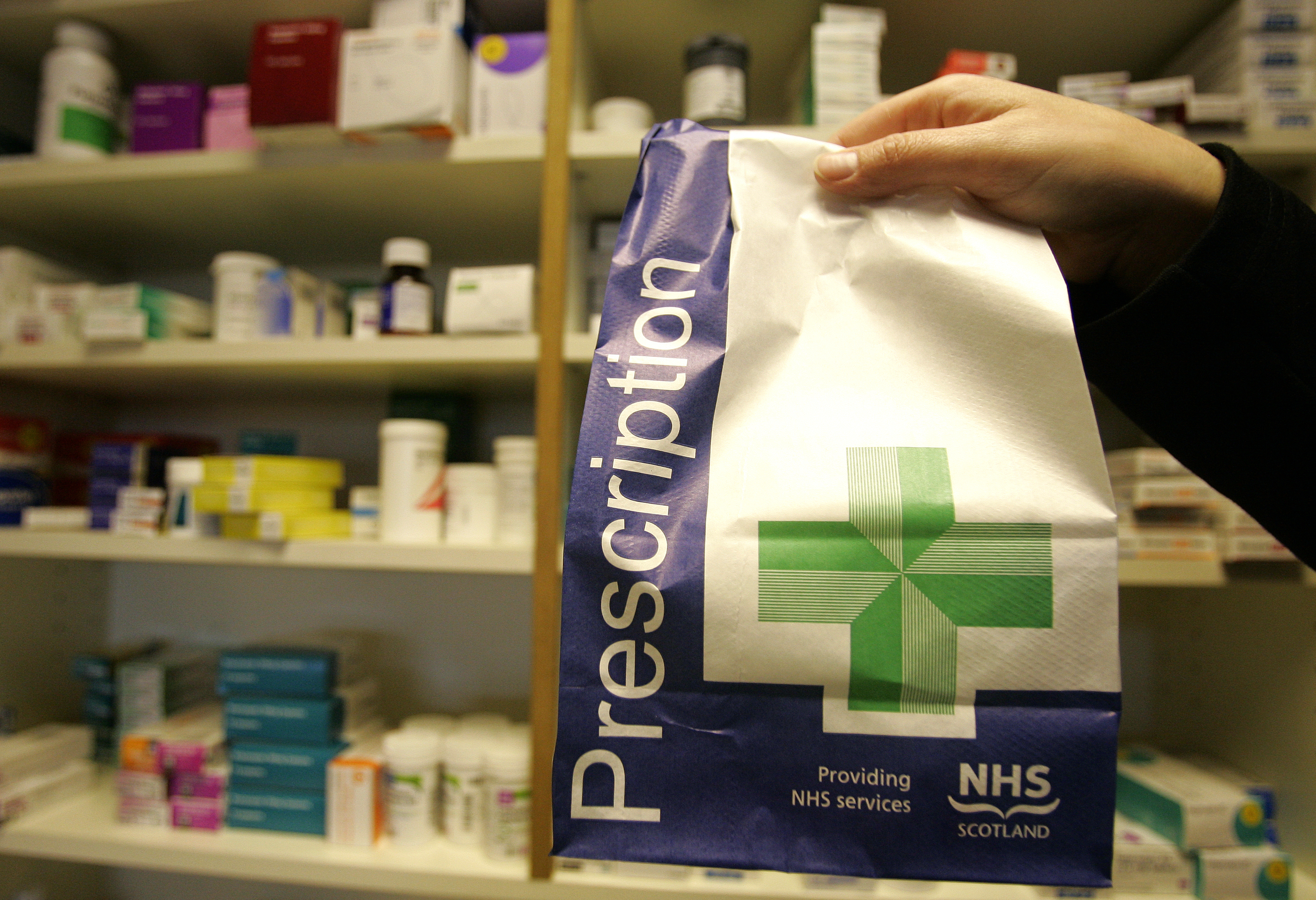Inappropriate pain management following surgery has been identified as a major cause of opioid crises in several countries, according to a new leading report co-authored by a Dundee University expert.
Professor Lesley Colvin’s work brings together global evidence detailing the role of targets to eliminate pain, with the paper noting attempts to mitigate the issue had been a substantial contributor to national drugs crises.
The use of prescription opioids worldwide more than doubled between 2001 and 2013, and doctors in many countries worldwide have been found to give medication in excess of what is needed for pain control, increasing the risks of misuse or diversion.
The authors of the report have called for interventions including specialist pain clinics, drug monitoring policies, improved medical training in opioid prescribing, and new pain management methods including the use of alternative pain relief medication.
“Most people are aware of the opioid epidemic in the (United) States, where there’s been a huge increase in strong opioids prescribed for the management of chronic pain,” said Professor Colvin, chairwoman of pain medicine at the University’s School of Medicine.
“One of the things we’re trying to do is find out why that’s happened.
“There is no doubt that one of the contributors has been people having surgery.
“They need strong painkillers afterwards and those painkillers are sometimes not stopped when they should be.
“People carry on – sometimes with chronic pain – but they carry on with bigger doses of opioids, so they end up with the problems of the side effects; misuse problems, tolerance and opioid-induced hyperalgesia.
“Better understanding of the effects of opioids at neurobiological, clinical, and societal levels is required to improve future patient care.”
Chronic pain often begins as acute post-operative pain that is difficult to control and develops into a persistent pain condition with features that are unresponsive to opioids.
In response to this pain, clinicians often prescribe higher levels of the drugs but this can lead to tolerance and opioid-induced hyperalgesia (a counter-intuitive increase in pain in line with increased opioid consumption).
The US opioid crisis began in the mid-1990s and early 2000s, when inadequate pain relief was seen as a marker of poor quality healthcare.
Opioids are now one of the most commonly prescribed medications in the US with similar, although less marked, trends in other high-income countries, including the UK.
Professor Colvin said: “There are research gaps that must be addressed to improve the current opioid situation.
“Firstly, we must better understand opioid tolerance and opioid-induced hyperalgesia to develop pain relief treatments that work in these conditions.
“We also need large population-based studies to help better understand the link between opioid use during surgery and chronic pain, and we need to understand what predisposes some people to opioid misuse so that we can provide alternative pain relief during surgery for these patients.
“These recommendations affect many areas of the opioid crisis and could benefit to the wider crisis too.”









